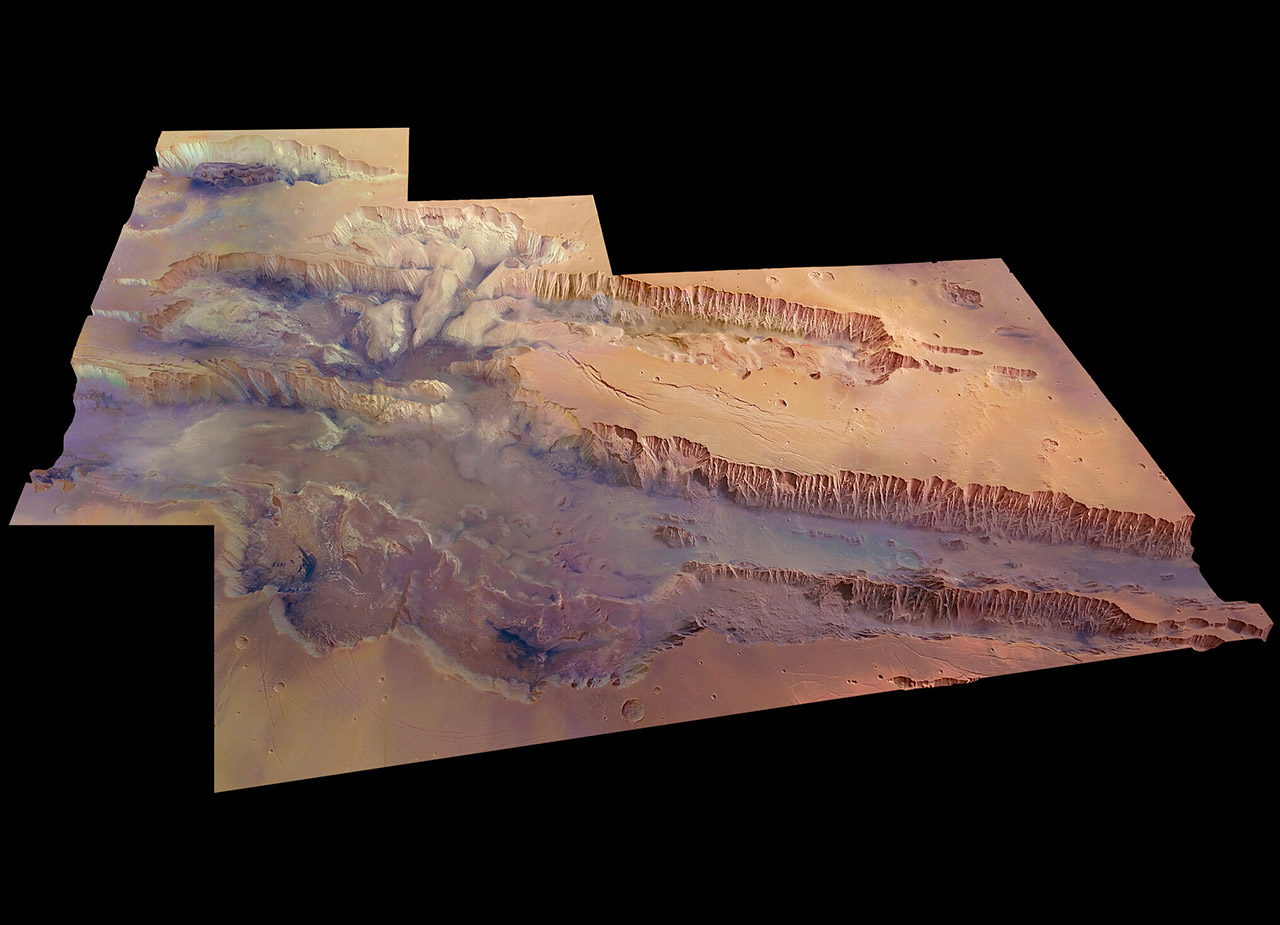
It’s official, the ESA-Roscosmos ExoMars Trace Gas Orbiter has discovered hidden water deposits at Mars’ Grand Canyon, Valles Marineris. It was found by the orbiter’s FREND instrument, which is mapping the hydrogen in the uppermost metre of Mars’ soil. This water-rich section is roughly the size of the Netherlands and overlaps with the deep valleys of Candor Chaos.
The water discovered could be in the form of ice or water that is chemically bound to other minerals in the soil. Further observations will be required to confirm this, as minerals seen in this part of Mars typically contain only a few percent water, far less than in these new observations.
- BRIGHT, SHARP VIEWS ANYWHERE: Unlike many beginner telescopes, this quality refractor features fully coated glass lenses and a 70mm aperture for...
- PERFECT FIRST TELESCOPE FOR BEGINNERS: Designed for adults and kids to enjoy together, this beginner-friendly telescope sets up in minutes and...
- EASY NO-TOOL SETUP: No complicated assembly or tools needed. The full-height tripod and telescope tube set up in seconds and pack neatly into the...

With TGO we can look down to one meter below this dusty layer and see what’s really going on below Mars’ surface – and, crucially, locate water-rich ‘oases’ that couldn’t be detected with previous instruments. FREND revealed an area with an unusually large amount of hydrogen in the colossal Valles Marineris canyon system: assuming the hydrogen we see is bound into water molecules, as much as 40% of the near-surface material in this region appears to be water,” said Igor Mitrofanov of the Space Research Institute of the Russian Academy of Sciences in Moscow, Russia; lead author of the new study.



